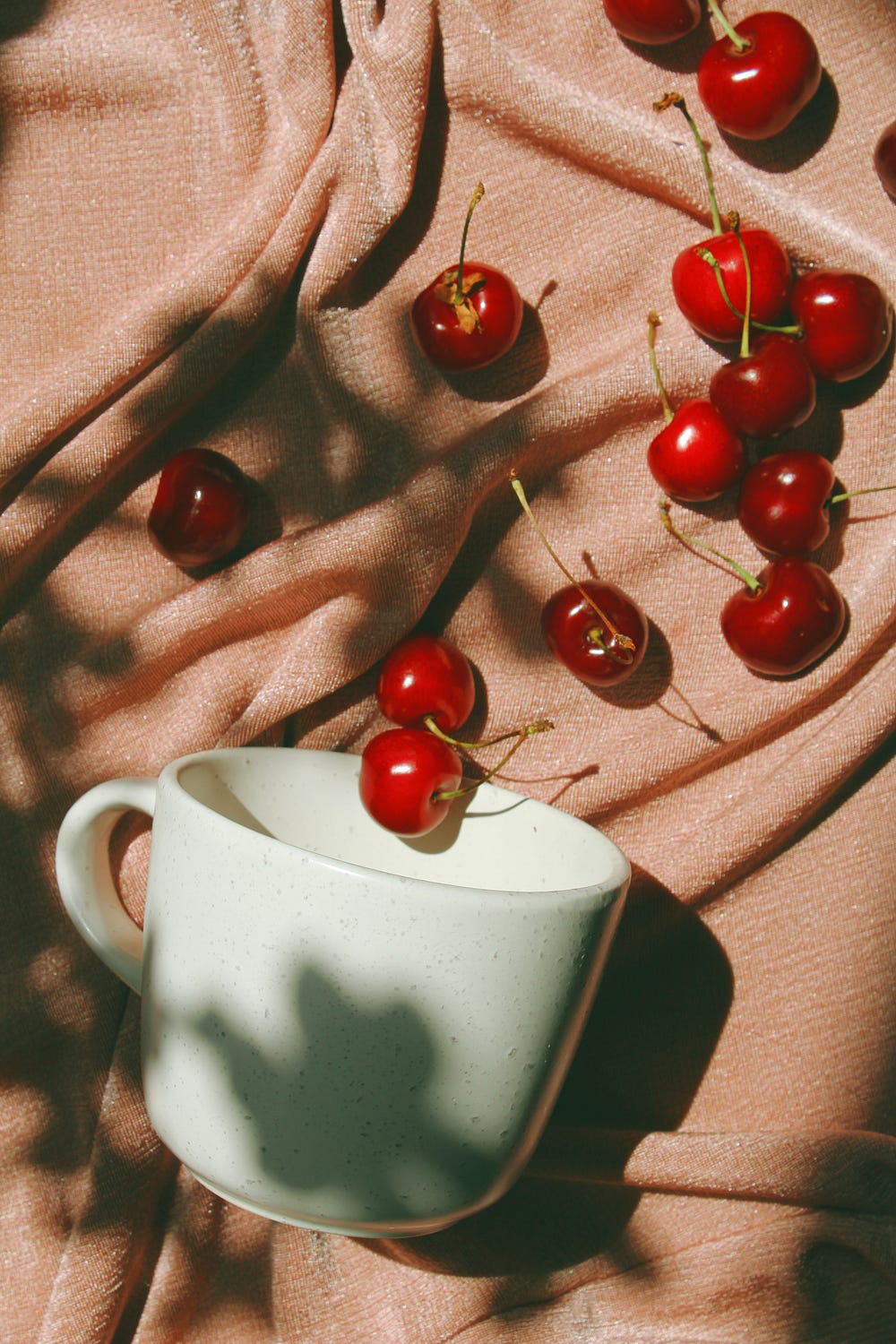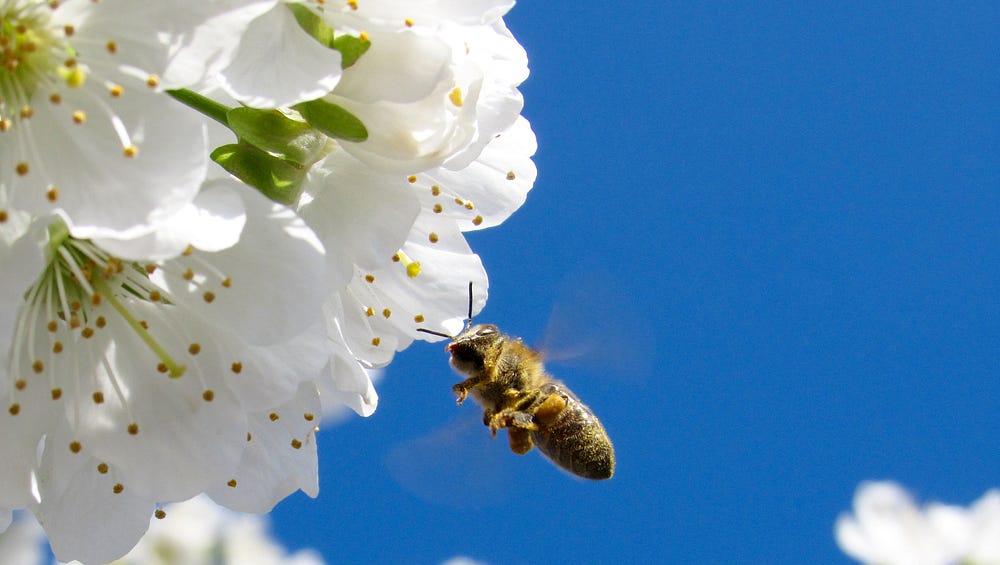Create a Beautiful and Low-Maintenance Flowering Hedge in Your Garden
If you’re looking to bring some life and color to your garden, consider creating a flowering hedge. Not only will it add some visual interest, but it can also provide privacy and attract pollinators. Many people assume that flowering hedges require a lot of work to maintain, but with the right plants and techniques, you can enjoy a beautiful and low-maintenance hedge.
Choose the Right Plants:
The first step in creating a flowering hedge is choosing the right plants. Some popular options include Cornelian Cherry, Royal Star Magnolia, Teton Firethorn, and Schip Laurel. When selecting your plants, consider factors such as your climate, soil type, and sun exposure. You’ll also want to think about the overall height and width of your hedge, as well as the colors and scents you want to incorporate.

Planting and Maintenance:
Once you’ve chosen your plants, it’s time to start planting your hedge. Follow best practices for planting, such as making sure the soil is well-drained and amending it with compost or fertilizers. As your hedge grows, you’ll need to perform some light maintenance to keep it healthy and looking its best. This includes regular watering, pruning, and pest control.
Pruning Techniques:
One of the most important aspects of maintaining a flowering hedge is pruning. Regular pruning is necessary to keep the hedge looking tidy, prevent overcrowding, and encourage healthy growth. Depending on the type of plants you’ve chosen, you may need to use different pruning techniques, such as pinching, heading back, or shearing. To avoid damaging your plants, be sure to use sharp, clean tools and prune at the right time of year.
Attracting Pollinators:
A flowering hedge is not only beautiful but can also attract valuable pollinators to your garden. Bees, butterflies, and other insects rely on flowers for food and shelter, so planting a hedge with a variety of blooming plants can help support local ecosystems. Make sure to avoid pesticides and plant native species when possible to promote a healthy habitat.

Conclusion:
Creating a low-maintenance flowering hedge can be a rewarding project for any gardener. With the right selection of plants, proper planting and maintenance techniques, and attention to pruning and pollinator attraction, you can enjoy a beautiful and vibrant hedge for years to come. So pick up your shovel and get started on your new garden feature!
